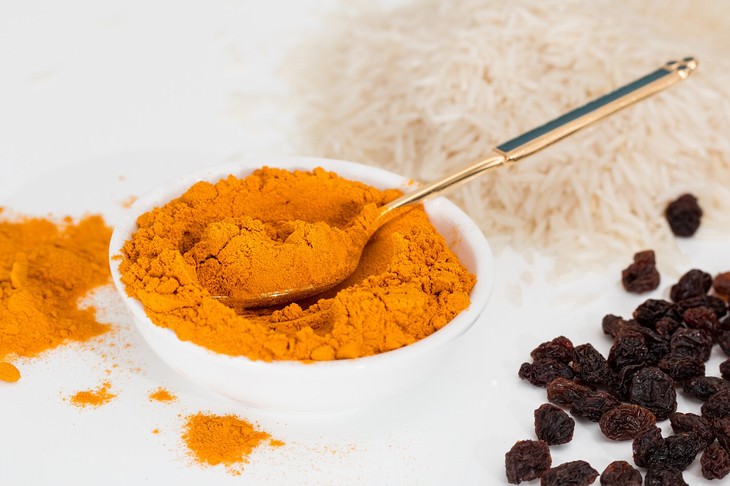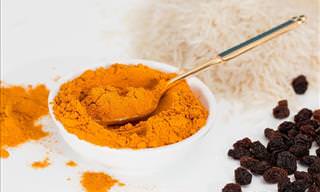The golden spice is one of the most potent natural ingredients out there, and the active ingredient in turmeric, curcumin, has been shown to have antimicrobial and cancer-fighting properties, among many other health benefits. Unfortunately, several manufacturers have been adulterating the spice since the 1980s by adding lead chromate, a lead-based yellow dye that enhances the natural bright gold color of the spice, as reported in a recent article by Stanford researchers.
Lead, a heavy metal, is a known neurotoxin that interferes with brain development, so it’s especially dangerous for children, but it also significantly contributes to brain, endocrine and heart disease in adults, which is why it has been banned from the food supply for decades.
Despite the ban, high blood lead levels were consistently found in children and women in Bangladesh, creating a serious threat to public health. After years of trying to find the source of the lead poisoning, Stanford researchers managed to spot the culprit. The source of this mass lead poisoning was turmeric, a culinary staple in Bangladesh.
This prompted a new study, where the researchers tested a total of 524 samples from 9 of the major turmeric manufacturing districts across the country. The researchers used X-rays to scan the samples and locate traces of lead in those samples, and found lead cadmium in 7 out of the 9 districts. A ban of lead cadmium in the food industry in Bangladesh has existed since 1999, but it appears that the ban needs further and urgent enforcement.
On a global scale, Bangladesh is the fifth largest exporter of turmeric in the world, producing an estimated 3% of turmeric powder in the world. This may seem like a small percentage, but Bangladesh isn’t the only country caught adding lead to turmeric in the past. In fact, a total of 15 manufacturers in India and Bangladesh have been refused certification by the FDA in the past few years due to lead-based dye use.
Furthermore, many of the worst offenders found by the study discussed above had plans to export their products abroad. The authors of the article also pointed out that many potentially adulterated products may have flown under the radar of international regulatory authorities due to the lack of awareness about the possibility of lead contamination in the products. This is extremely alarming knowing that turmeric is a staple in cuisine worldwide and a common ingredient in ready-made foods and condiments, such as mustard and macaroni and cheese, for example.

The study prompted global awareness to the issue of lead contamination in turmeric and suggests conducting X-ray testing by the regulatory authorities before approving the import of turmeric into a certain country. As a consumer, the authors of the study point out, you should avoid low-cost and potentially-unregulated goods and get rid of old turmeric powder, if you have any, as these powders have a higher likelihood of containing lead.
This is why it’s better to purchase turmeric in-store or from trusted websites and from a reliable mainstream brand. Also, it’s best to avoid turmeric that originated in Bangladesh for the time being, so look at the manufacturing label on the packaging before purchasing a new packet of turmeric. Finally, try to avoid low-cost spices you can buy in bulk, as these have a greater chance of being diluted or containing added dyes.
For more information on the study, you can view the video below.
 Go to BabaMail
Go to BabaMail





















































